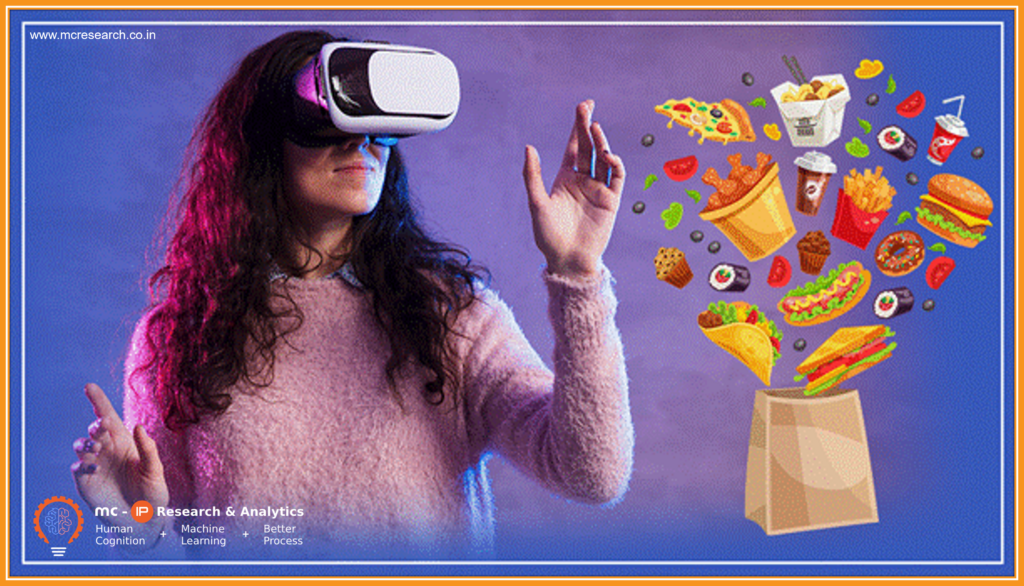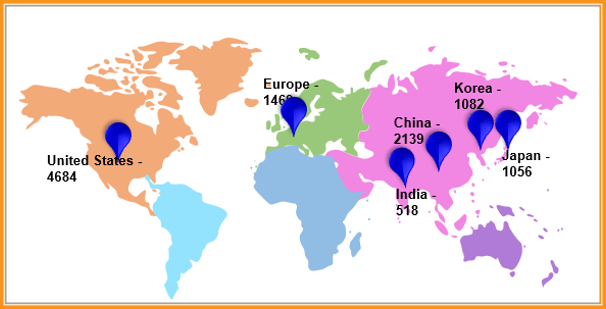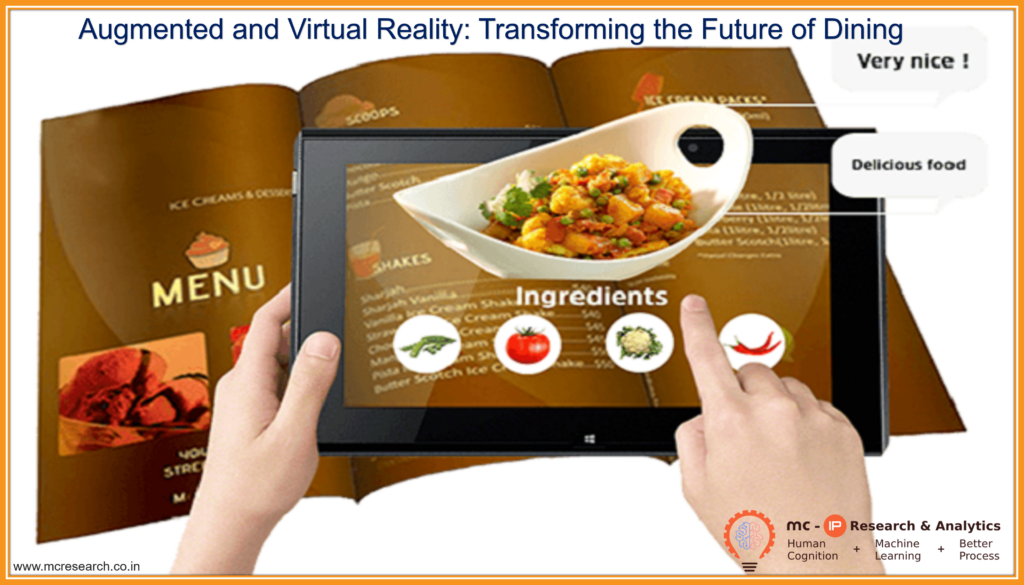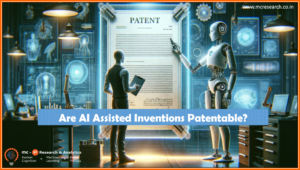Augmented and Virtual Reality:
The restaurant industry is no stranger to innovation. Over the years, we have seen the evolution from handwritten menus to digital tablets, and from traditional kitchens to high-tech culinary labs. However, the latest frontier in the world of dining experiences is Augmented Reality (AR) and Virtual Reality (VR). These immersive technologies are revolutionizing the way we dine, offering global audiences a unique and unforgettable culinary adventure. Users can also discover the rich world of food in a visually attractive and engaging manner by using VR headsets or AR glasses.
Augmented Reality (AR):
AR supplements the real world with computer-generated information, enhancing our sensory perception. Through devices like smartphones or AR glasses, digital elements are overlaid onto the physical environment. In the context of dining, this could mean visualizing a menu, seeing animated dishes, or even interacting with virtual wait staff, all while sitting at a real restaurant table.
Virtual Reality (VR):
VR, on the other hand, immerses users in a fully digital terrain. With the help of headsets, users are transported to simulated worlds where they can explore, interact, and engage with colourful elements. In restaurants, VR can produce virtual dining spaces, allowing customers to enjoy their reflections in fantastical settings like under the ocean, in external space, or in a different period.
How Augmented and Virtual Reality is useful for Dining?
Enhancing the Dining Experience with AR
Interactive Menus:
AR applications enable diners to visualize dishes on their tables through their smartphone cameras. These apps can provide detailed information about ingredients, preparation methods, and nutritional facts, catering to health-conscious customers.
Language Translation:
For global audiences, AR can instantly translate menus into multiple languages, breaking down language barriers and ensuring all patrons can enjoy the culinary offerings.
Entertainment and Storytelling:
Augmented reality can infuse a layer of entertainment into dining. Imagine animated characters narrating the history of a dish or interactive storytelling while you enjoy your meal.
Personalization:
AR can provide personalized recommendations based on dietary preferences, allergies, or previous dining experiences, making each visit to the restaurant feel tailor-made.
VR: Transporting Diners to New Worlds
Themed Dining Experiences:
VR can create entirely new atmospheres, allowing restaurants to transform their spaces into exotic locales or themed fantasy worlds. VR can offer a virtual seat at the chef’s table, complete with a front-row view of culinary masterpieces being prepared.
How this works:
Every aspect of the world that the user sees in VR is created by a computer, including bits of their own body that enter their field of view. Newer headsets, can track a person’s hands and then produce a computer-generated hand in the virtual world to maintain the immersion in the virtual world.
Pass-through cameras can make eating while wearing a headset considerably easier because they can see their real hand and the real food they’re eating within the virtual scene. These cameras aid in obtaining eating behaviour results that resemble observations made in the actual world. The pass-through cameras enhance the experience while ensuring results that more precisely reflect a real-world experience.

Challenges and Considerations
As with any emerging technology, Augmented and Virtual Reality in restaurants come with their set of challenges:
Cost: Implementing Augmented and Virtual Reality can be expensive, from acquiring hardware to developing custom applications.
Privacy Concerns: Using AR in a restaurant raises concerns about data privacy, as these apps often collect information about user preferences and behaviours.
Balancing Authenticity: Restaurants must strike a balance between using technology to enhance the dining experience and preserving the authenticity of the dining environment.
Future Trends:
Augmented and Virtual Reality are not just catchwords; they are transforming the global restaurant industry. These immersive technologies are offering diners experiences that go beyond the plate, creating memories that linger long after the last bite. As Augmented and Virtual Reality continue to evolve, we can expect to see an even greater fusion of technology, bringing the world’s flavours closer to our senses, and taking us on food journeys limited only by our imaginations. So, if the user has a dining preference in a local cafe or a high-end establishment, the menu comes to life before your eyes, or you find yourself dining in a virtual wonderland – the future of global dining is here, and it’s deliciously immersive.
Overall, as technology becomes more accessible and affordable, we will be able to have a full 360-degree experience of fine meals that will engage all of our senses.
This trend is expected to continue in Food and beverage market to Surpass USD 10.45 Billion by 2030 at a CAGR of 32.46% from 2022 to 2030.
The well-known fast-food brand, McDonald’s, has joined the metaverse with their virtual restaurant concept. The company’s novel approach to the metaverse merges the virtual and physical worlds, allowing users to order real and virtual things that may be delivered to them.
Coca-Cola, PepsiCo, Starbucks, McDonald’s, KFC, Pizza Hut, and Subway use metaverse technology to optimize their operations.
Leading Players in AR and VR restaurants – grouped by patent families
No Data Found
Innovation trend - last 5 years across patent families
No Data Found
Geographical coverage

Why MCRPL?
MCRPL’s innovative integration of AI and human expertise (MCRANK) offers a distinct edge in the field of patent searches. This synergistic approach not only ensures efficiency and accuracy but also taps into the nuanced understanding that human experts bring to the table. By harnessing the power of cutting-edge AI tools alongside seasoned professionals, MCRPL delivers comprehensive, precise, and timely results for its clients. This unique blend of technology and expertise is assured to revolutionize the patent search process, making MCRPL a trusted partner for businesses and innovators seeking to safeguard their intellectual property and drive forward in an increasingly competitive market.
With plenty of experience of working on Augmented and Virtual Reality domains, MCRPL can bring out actionable intelligence and can also forecast the roadmap for AR/ VR industry in the coming future. MCRPL has the right talent and expertise on the subject matter as well as on technical knowhow to quench your thirst in the R&D space.
© Molecular Connections Private Limited
For more information, contact priorart@molecularconnections.com
For more updates subscribe IP Tech Insider
Also, you can place an order for your search on our online portal: https://ipsolutionshub.com/






